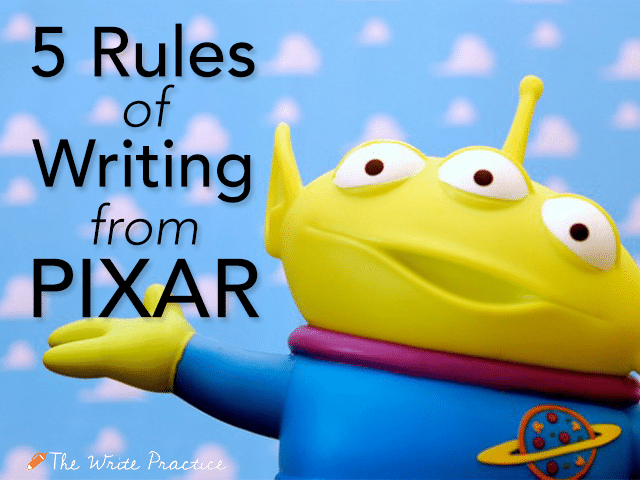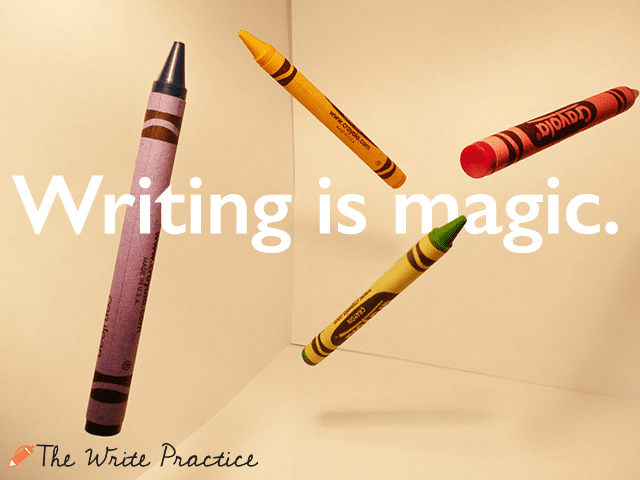
by The Magic Violinist |
I love Pixar. There hasn’t been one movie they made that I didn’t like. My family goes to see the new Pixar movie every summer right after it comes out. So when I saw this picture on Pinterest sharing Pixar’s twenty-two rules of storytelling, I saved the picture right away. I go back to it constantly for inspiration, and I thought I’d share a few of my favorite rules with you. Here are my five favorites.

by The Magic Violinist |
One of my favorite things to do is freewrite. I love it, for so many different reasons. For the most part, I love it because it’s freeing, just like the name implies. But there are three specific cases when it can be especially helpful.

by The Magic Violinist |
Most writers (and readers) have learned by now that a good villain involves more depth than just a bad guy running around, trying to take over the world. But how do you do that?

by The Magic Violinist |
There are all kinds of words that seem to pop up in your story while you’re writing the first draft. They can make your writing sloppy, cause confusion, and take up space, sometimes all at once. Some call them “filler words,” others “weasel words,” or any other variation of the term. I think we can all agree, though, that these words are tricky and must be destroyed. But how do you identify these words?
by The Magic Violinist |
I’m sure you’ve heard a thousand times before that not only must your characters live and breathe like real people, but your setting has to, as well. Your setting should have a personality just like your protagonist if you want your story world to leap off the page.
But how do you do that?



